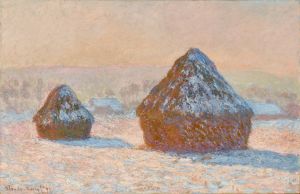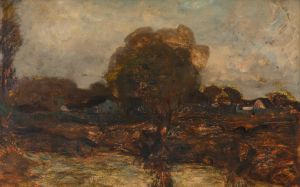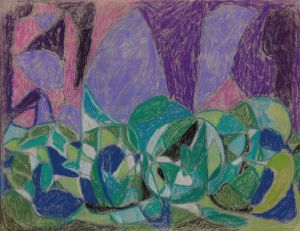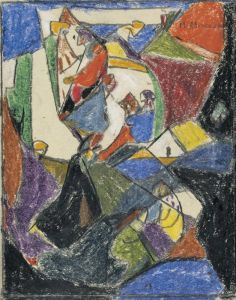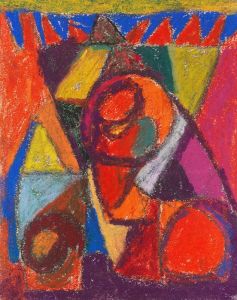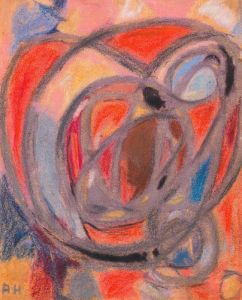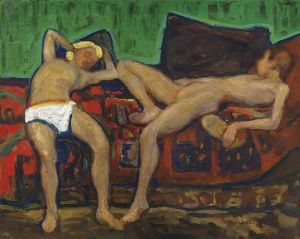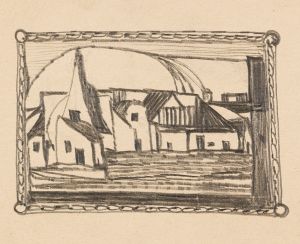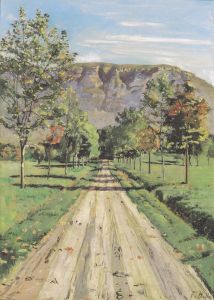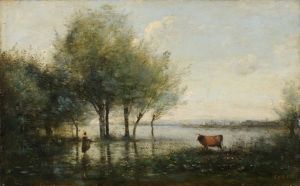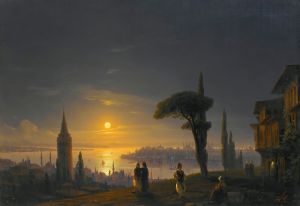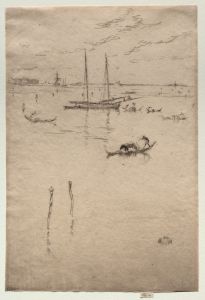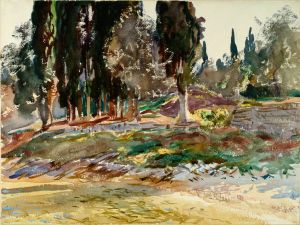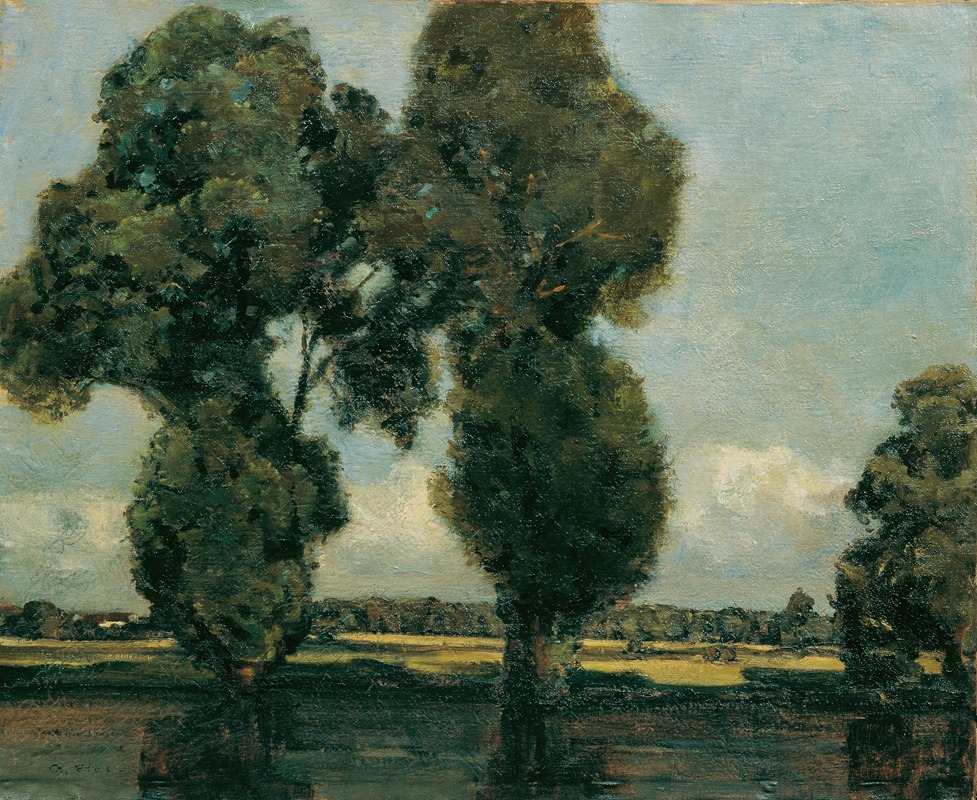
Silberpappeln
A hand-painted replica of Adolf Hölzel’s masterpiece Silberpappeln, meticulously crafted by professional artists to capture the true essence of the original. Each piece is created with museum-quality canvas and rare mineral pigments, carefully painted by experienced artists with delicate brushstrokes and rich, layered colors to perfectly recreate the texture of the original artwork. Unlike machine-printed reproductions, this hand-painted version brings the painting to life, infused with the artist’s emotions and skill in every stroke. Whether for personal collection or home decoration, it instantly elevates the artistic atmosphere of any space.
Adolf Hölzel (1853-1934) was a German painter and art theoretician, known for his contributions to modern art and his role as a teacher influencing many significant artists of the 20th century. One of his notable works is "Silberpappeln" (Silver Poplars), which exemplifies his innovative approach to painting and his exploration of color and form.
"Silberpappeln" was created during a period when Hölzel was deeply engaged in the study of color theory and abstraction. His work often reflected his interest in the spiritual and symbolic potential of color, influenced by his theoretical writings and teachings. Hölzel's approach to painting was characterized by a departure from realistic representation, focusing instead on the expressive qualities of color and composition.
The painting "Silberpappeln" features a grove of silver poplar trees, depicted with a vibrant and dynamic use of color. Hölzel's technique involves the application of bold, contrasting hues that create a sense of movement and rhythm within the composition. The trees are rendered in a stylized manner, with simplified forms and an emphasis on the interplay between light and shadow. This approach highlights Hölzel's interest in the abstract qualities of natural forms and his desire to convey an emotional response to the landscape.
Hölzel's work on "Silberpappeln" can be seen as part of his broader exploration of the principles of abstraction and the use of color as a means of expression. His teachings and writings on color theory had a significant impact on his students, including notable artists such as Oskar Schlemmer, Johannes Itten, and Willi Baumeister. Hölzel's influence extended beyond his own paintings, shaping the development of modern art in Germany and beyond.
Throughout his career, Hölzel was associated with several important art movements and institutions. He was a member of the Munich Secession and later the Berlin Secession, groups that sought to break away from traditional academic art and promote more progressive and experimental approaches. In 1905, Hölzel was appointed as a professor at the Academy of Fine Arts in Stuttgart, where he continued to develop his theories and mentor a new generation of artists.
"Silberpappeln" exemplifies Hölzel's innovative spirit and his commitment to exploring the expressive potential of color and form. The painting stands as a testament to his contributions to the development of modern art and his lasting influence on the artists who followed in his footsteps. Through works like "Silberpappeln," Hölzel demonstrated the power of abstraction to convey deeper emotional and spiritual truths, paving the way for future developments in the art world.





